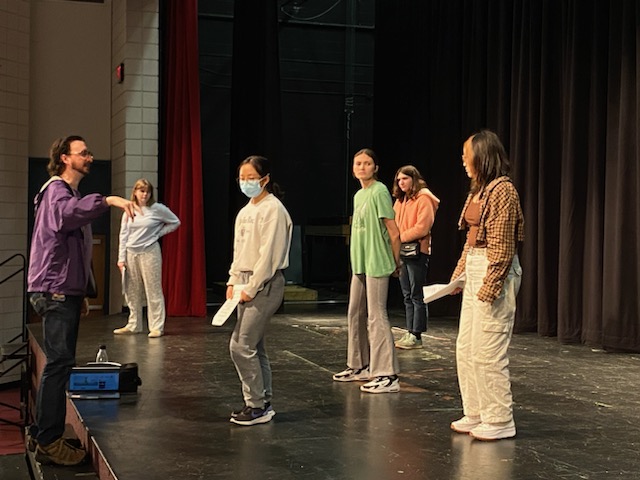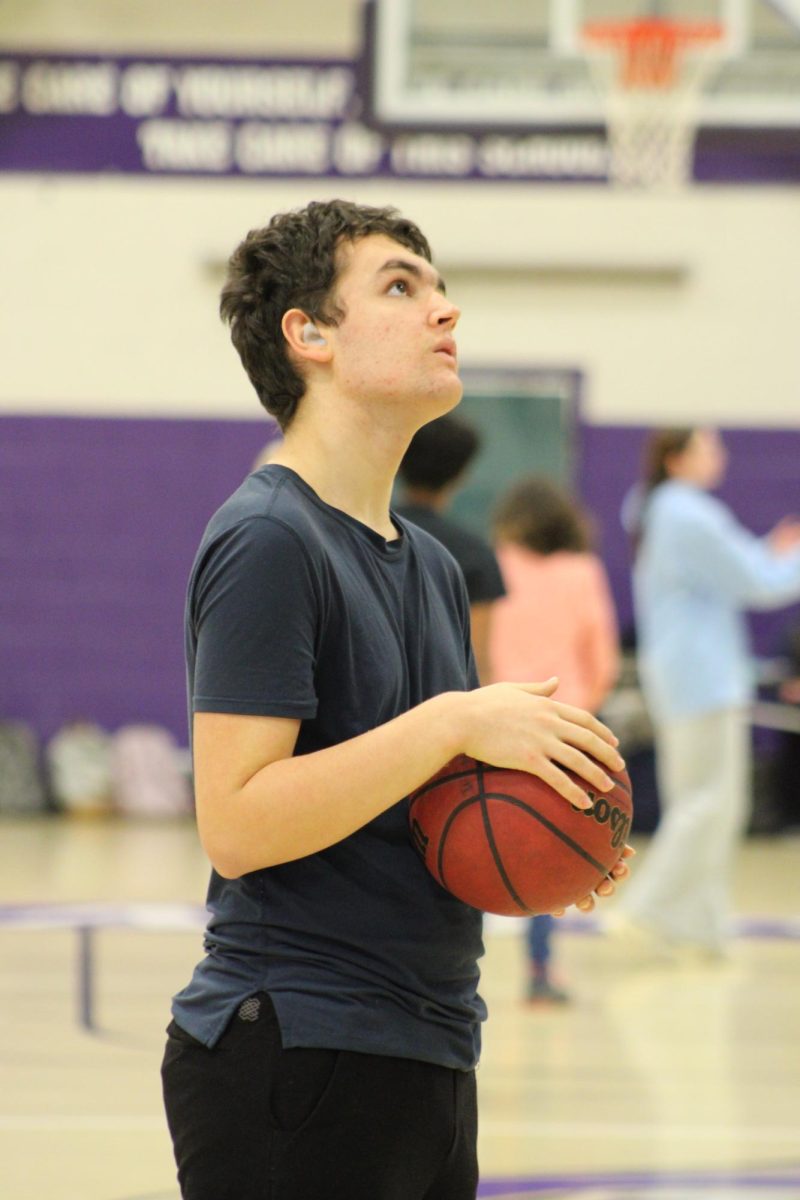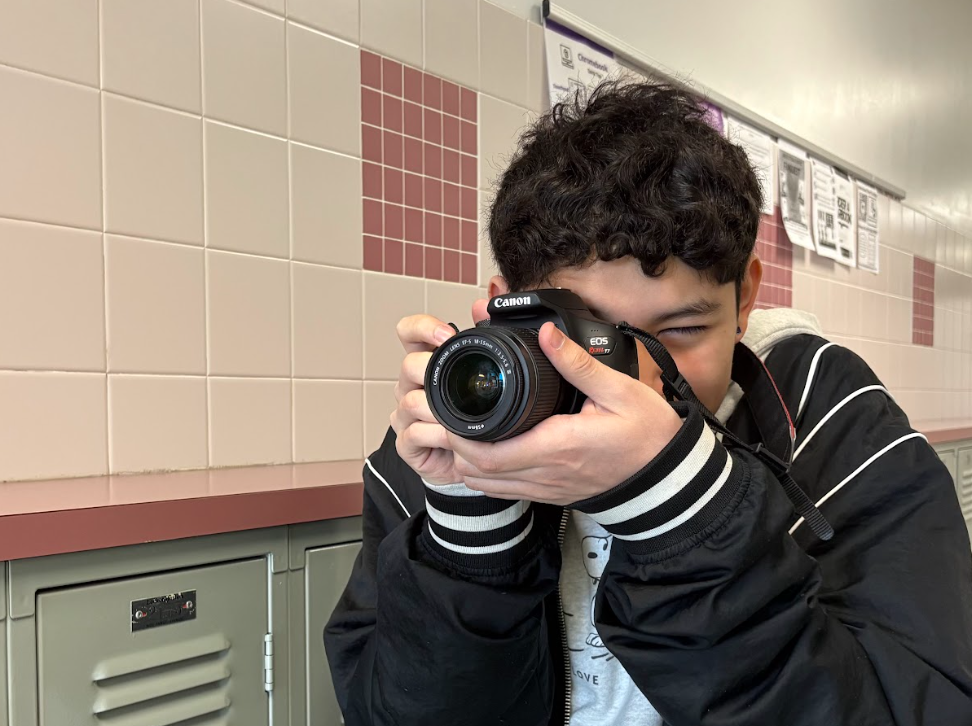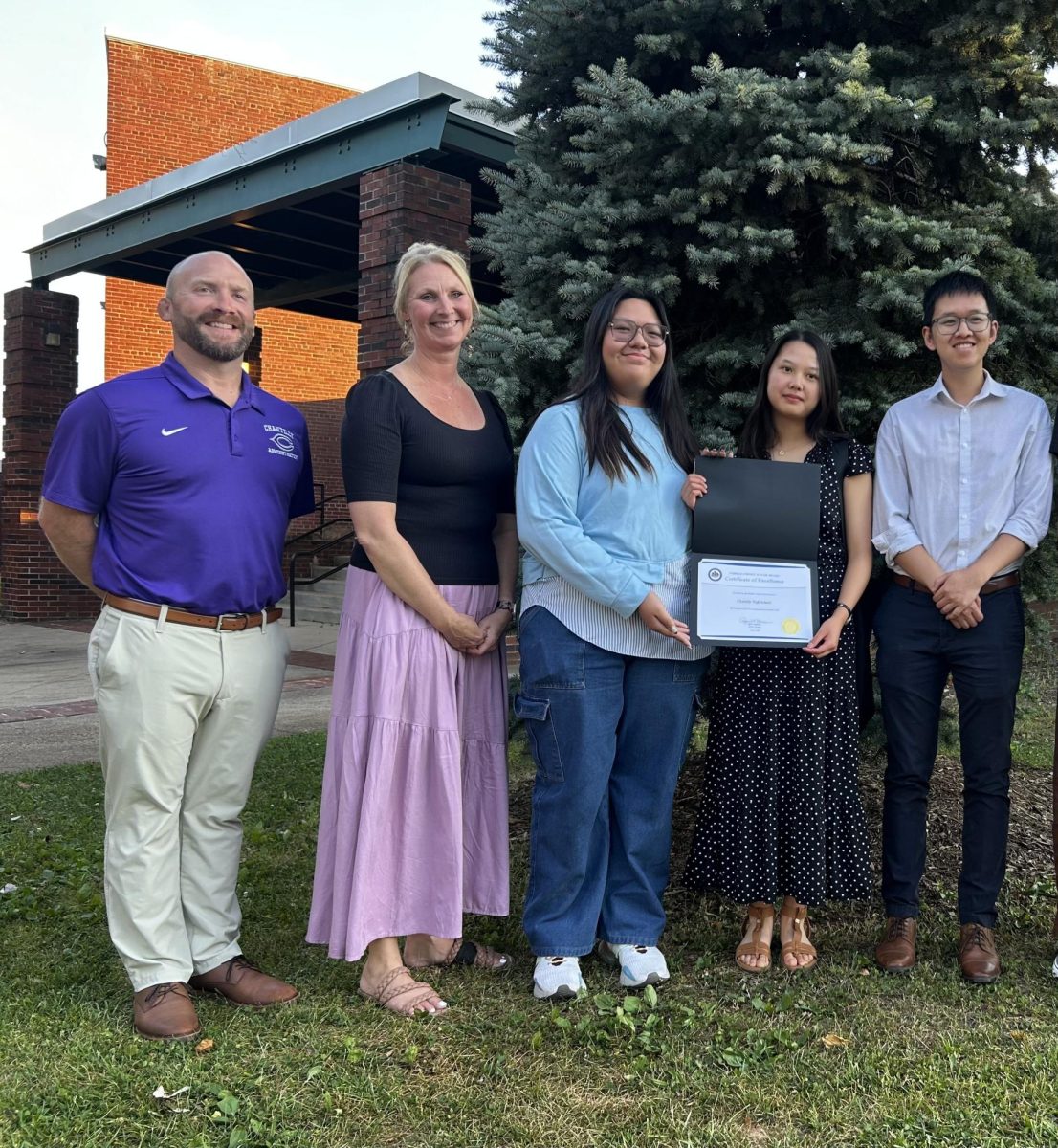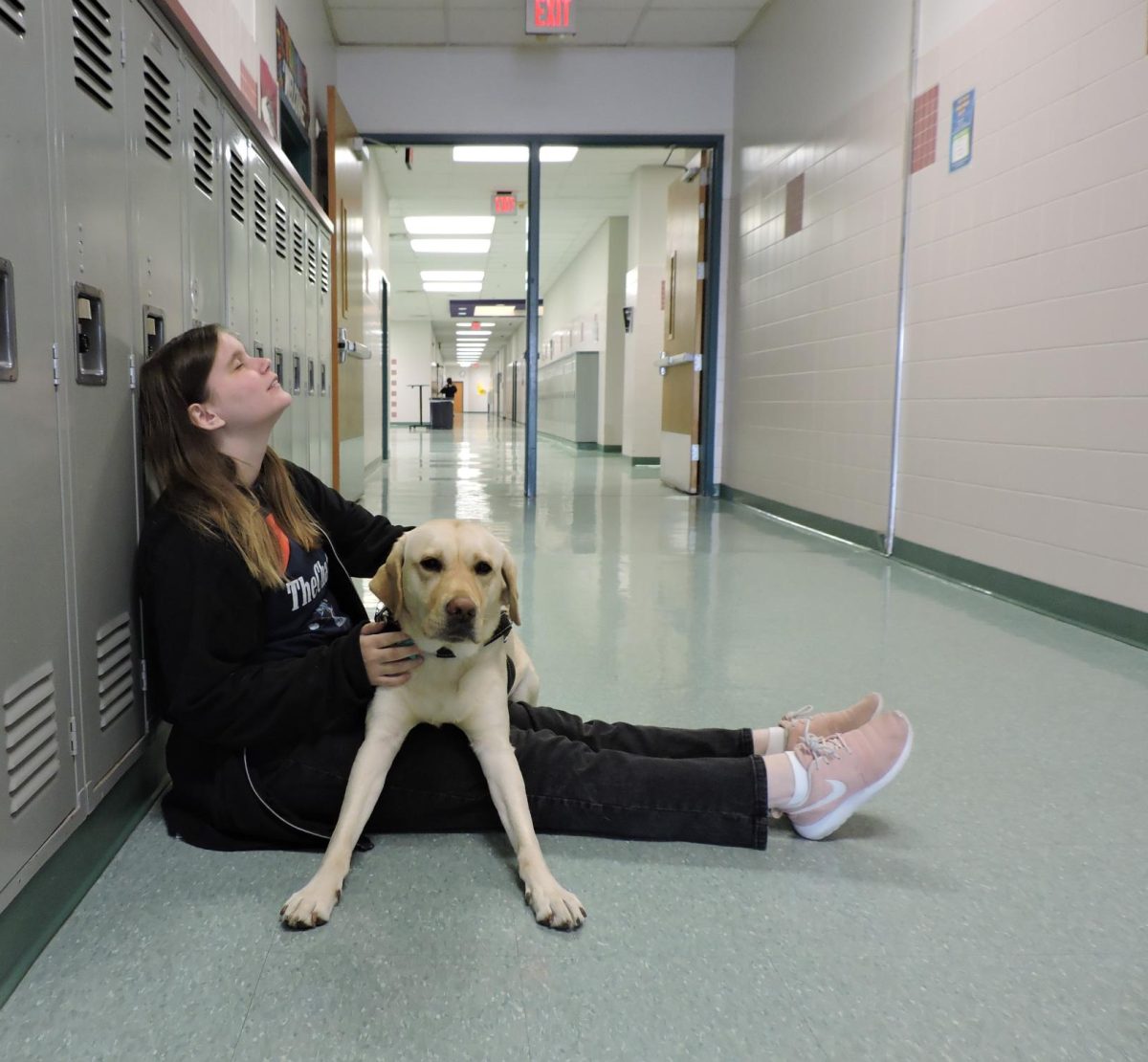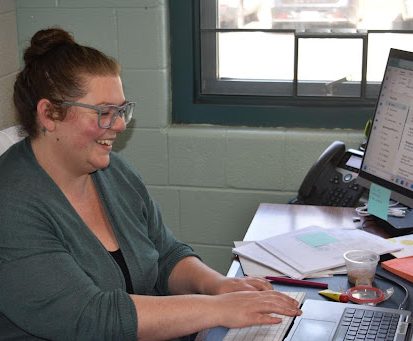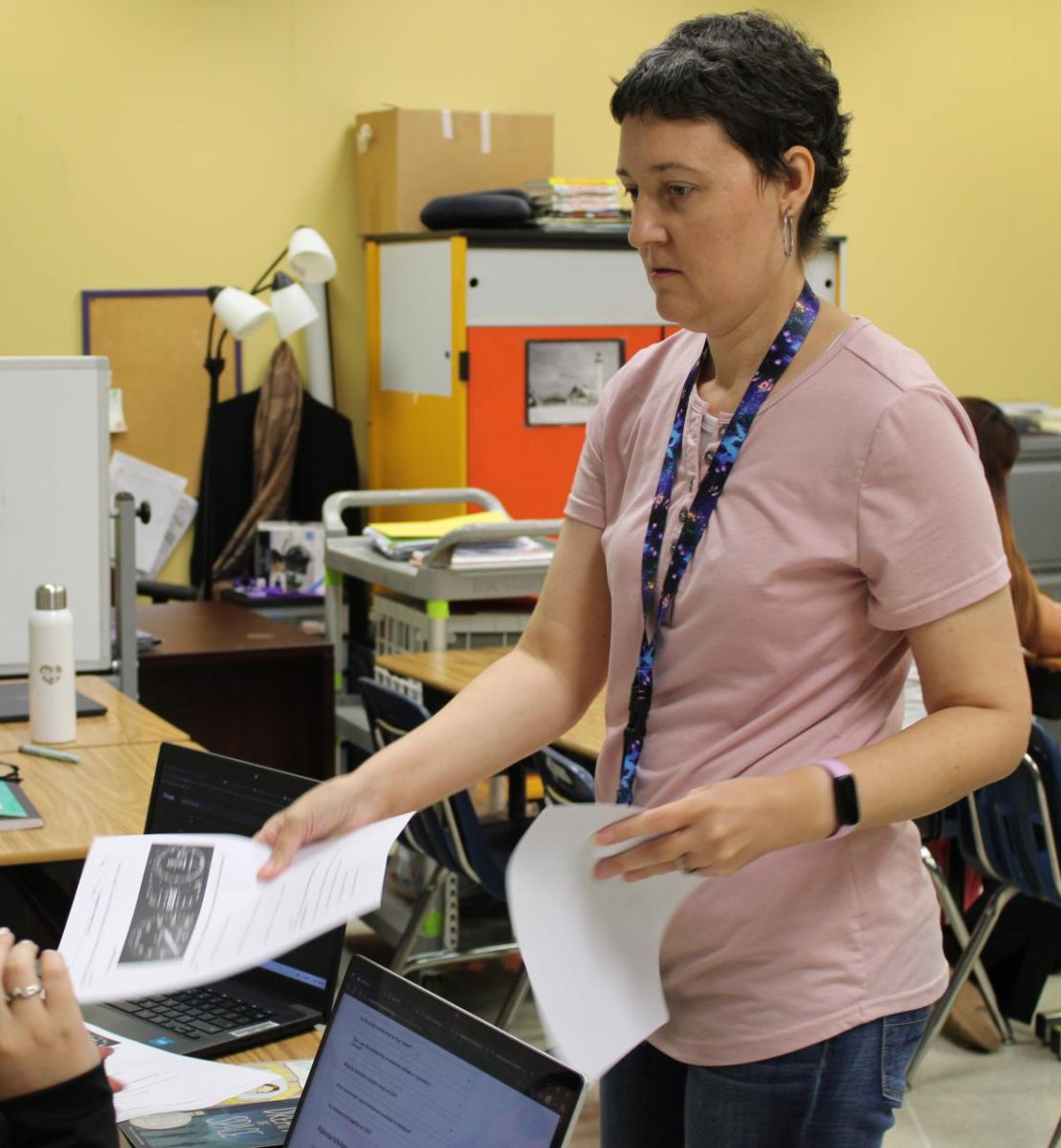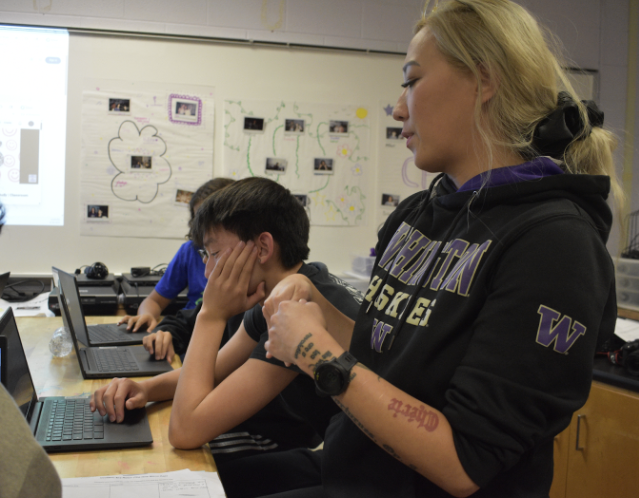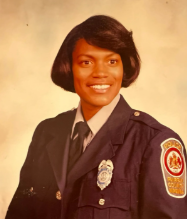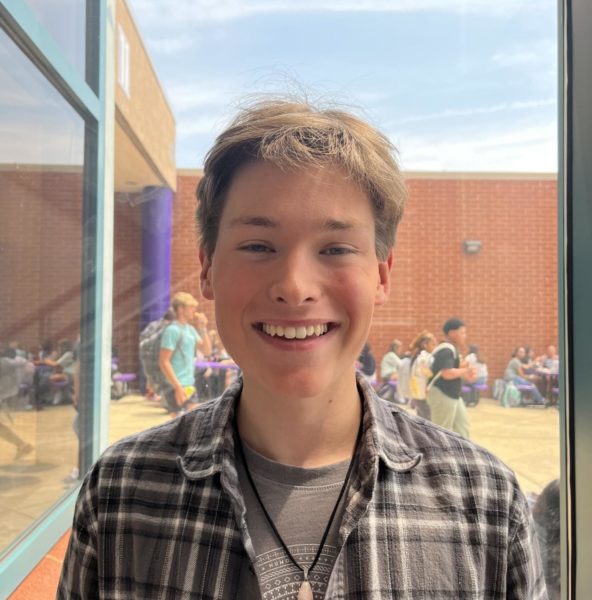Flashing billboards illuminating different musicals have filled the night sky of New York City since the 1920s. Broadway musicals have been a staple of performing arts, telling advanced stories through musical numbers and extravagant dances. CHS offers a glimpse into this form of art through the drama department’s Musical Theatre class.
Run by drama teacher Andrew Shaw, Musical Theatre explores many aspects of Broadway musicals, from singing and dancing to the history behind the genre. Ranging from Theatre Arts 4 students and people completely new to the stage, this class allows for anyone with whatever amount of experience to participate and learn new skills.
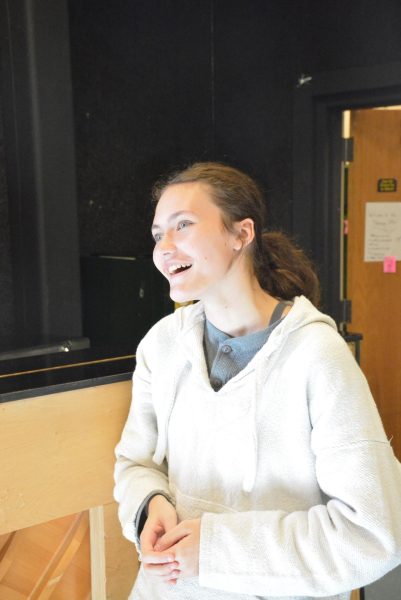
“I’m the only drama 4 in the class,” senior McKenzy Hopkins said. “Some of the students have experience in different things, whether that be acting or dancing, so everyone has different strengths.”
Throughout the year, students develop and perform their own solo song from a musical of their choice. The song is a year-long project, which they refine with Shaw throughout the year. Students also get to explore different eras of musical theatre through larger group numbers, with room for the students to develop their own ideas such as in their current song from “Kiss Me, Kate”, which was first performed in 1948.
“They decided rather than putting the song in the tradition of the setting of ‘Kiss Me, Kate,’ they wanted to mix it up a little bit,” Shaw said. “They wanted to do it as a sort of high school theatre department, so they picked all their characters out of those sorts of stereotypes from ‘High School Musical’.”
Alongside singing and dancing, students learn about the ideas behind the creation of a musical’s story and all the small details hidden in the melody and lines of each song. For example, in the most recent musical ‘Little Women’, a few notes, played by either a piano or violin, act as a musical motif between Jo and Beth, two of the show’s main characters. This motif can be heard throughout the musical and represents their bond as siblings.
“I enjoy studying musical theatre from a theoretical perspective,” Shaw said. “The idea of telling a story in which there are emotions and feelings so powerful that words alone won’t communicate them is something that really speaks to me.”
Musical Theatre also provides students with more individualized learning. According to Hopkins, there’s also more room for challenge and space to develop different musical skills.
“I feel like musical theatre, with it being a smaller class, gives me the opportunity to have the class feel really personalized,” Hopkins said. “I’m working on “Till There Was You” from ‘The Music Man’; it’s one of those challenging songs but I think if I can pull it off, it’ll be great.”
Students spend much of their time blocking new musical numbers and working with each other to create a full ensemble piece. During this group work, Shaw and the students find different ways to interpret and act out each line.
“[Musical] Theatre is a kind of expression,” O’Bryan said. “You get to make new friends, talk to people and learn new things about an art form, and I think that’s really interesting.”
With no prerequisites required, Shaw believes Musical Theatre is a great way to get a basic all-around understanding of music. Over the 100 years of musical theatre’s existence, a variety of different genres and techniques have popped up for students to learn.
“It’s a great all around class that builds on your presentation,” Shaw said. “So if you’ve never looked at sheet music before, or if you’ve been in 17 musicals already, you’re welcome and you’re gonna thrive in this class.”




